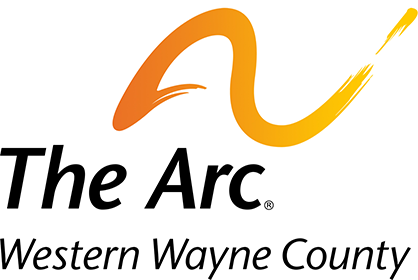LSD, commonly called acid, is the most powerful known hallucinogen. Although it is derived from a fungus that grows on rye and other grains, LSD is semi-synthetic. It is chemically manufactured in illicit laboratories, except for a small amount which is produced legally for research.
Even in very small doses, LSD can significantly alter one’s perceptions to the point of hallucination. Pure LSD is a white, odorless crystalline powder that dissolves in water. Because an effective dose of the pure drug is almost invisible, it is mixed with other substances, such as sugar, and packaged in capsules, tablets, or solutions or spotted on to gelatin sheets or pieces of blotting paper.
The availability of LSD has increased in the United States in the last 2 to 3 years, and is available in virtually every state. LSD is relatively inexpensive with an average street dosage unit, or hit, costing about $5 and often as little as $1 to $2. LSD is ingested orally. A microdot tablet or square of the perforated LSD paper is placed in the user’s mouth, chewed or swallowed. Paper squares are most common because their small size makes them easy to conceal and ingest.
Short-term effects appear soon after a single dose and disappear within a few hours. Appearing first are physical effects, including numbness, muscle weakness and trembling, rapid reflexes, increased blood pressure, heart rate and temperature, impaired motor skills and coordination. Dramatic changes in perception, thought and mood occur shortly after the physical effects. These may include vivid, usually visual hallucinations, distorted perceptions of time, distance, and gravity, fusion of the senses, and diminished control over thought processes. Chronic LSD use may result in prolonged depression and anxiety.
If you would like more information about LSD, contact the Center for Substance Abuse Treatment at 800-662-4357, or visit them online at csat.samhsa.gov.
Phone code: 1785

Recent Comments